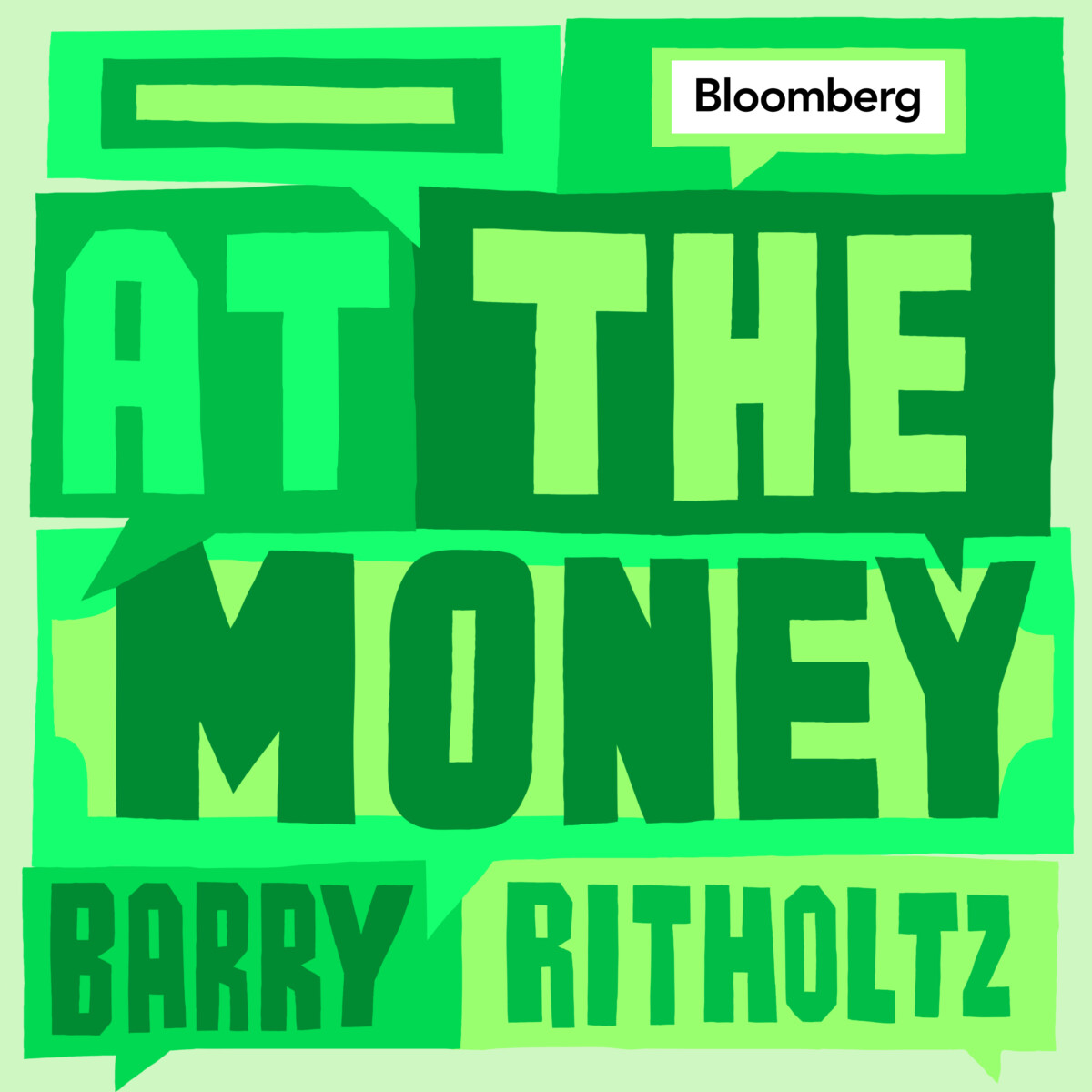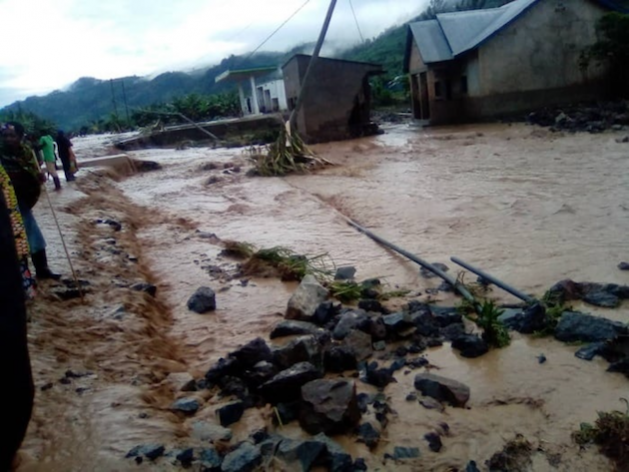The U.S. Department of the Treasury has called on the World Bank to evolve in response to a confluence of global crises that are upending development progress and threatening people and planet. Treasury will soon extend this evolution mandate to other multilateral development banks (MDBs) as part of a campaign that, if successful, would not only reshape global development finance but the development paradigm itself.
Treasury Secretary Janet Yellen noted last month that alongside the Bank’s twin goals to end extreme poverty and boost shared prosperity, a focus on resilience to global challenges like climate change, pandemics, fragility, and conflict will be critical to meet the moment.
The World Bank’s evolution roadmap has affirmed the need to evolve in the face of unprecedented crises. Resilience has been put forward as one of three change factors, the others being sustainability and inclusion.
Taken together, a focus on sustainability, inclusion, and crisis management better describes the Bank’s current orientation and will not serve as the drivers of a comprehensive evolutionary process intended to build lasting resilience.
However, what counts as resilience in the roadmap is better described as crisis management, with an emphasis on widening financing for emergency response, loss and damage, and debt servicing for countries in the throes of crisis. Taken together, a focus on sustainability, inclusion, and crisis management better describes the Bank’s current orientation and will not serve as the drivers of a comprehensive evolutionary process intended to build lasting resilience. This is especially the case in fragile states, where crises are felt the most strongly, and deeper reforms for resilience are needed. A staggering 86 percent of the world’s extreme poor are estimated to live in these places by 2030.
The case for resilience
Increasing evidence has shown that resilience is vital for economic growth and escaping poverty. The World Development Report 2017 is clear that, contrary to common thinking, “not shrinking” through resilience in the face of major crises has been more important for long-term growth than achieving rapid growth episodes. Sustainably escaping from poverty also requires a central focus on resilience to buffer against shocks and stresses that can cause large numbers of people to fall back into poverty, as has occurred in places like Uganda, Ethiopia, and likely now Sudan.
To make the Bank’s evolution more fit for purpose, resilience will need to become its overarching framework.
To make the Bank’s evolution more fit for purpose, resilience will need to become its overarching framework. In doing so, the World Bank would introduce a more holistic focus across its practices to support resilient systems, markets, and societies in ways that advance its twin goals in the face of major shocks and stress.
We highlight three recommendations to make the evolution process more resilience-focused: (i) the adoption of a formalized resilience framework in the roadmap; (ii) the use of politically informed and adaptive ways of pursuing resilience; and (iii) making good on the Bank’s Development Committee’s prior call to establish country platforms in fragile contexts to guide collective action where it is most needed.
i. An evolution roadmap for resilience
Resilience is best viewed as a process of building capacities within institutions, systems, markets, and societies to address major risks and crises and their underlying root causes. Unlike sustainable development, which is focused on meeting the needs of current and future generations, resilience is focused on dealing with risks and crises.
To deal with risks, three resilience capacities are vital:
- Absorptive capacities—to prevent, mitigate and withstand crises (e.g., insurance and climate-resistant infrastructure).
- Adaptive capacities—to create diverse options for pivoting in the face of risks and crises (e.g., diversified livelihoods, migration from shocks, remote learning during pandemics).
- Transformative capacities—to address root causes of risks (e.g., through greater inclusion and voice of vulnerable groups), turn risks into opportunities (e.g., floods into dams) or provide scalable solutions to crises (e.g., formal safety nets, resilience service delivery systems).
Crisis management is typically focused on single risks and the use of emergency protocols, financing, and disaster agencies to prepare for, respond to, and recover from shocks. Resilience differs in three important ways:
- It is focused on complex risks and crises, and how they overlap with each other in different contexts.
- It considers the root causes of these risks and how to transform them.
- It identifies vulnerabilities and strengthens capacities for resilience in institutions, markets, systems, and communities for a more whole-of-government and society approach.
The World Bank should introduce into their roadmap a resilience framework that has two main parts: an analytic part—to assess complex risks, crises, and their causes, and a programmatic part—which uses the categories of absorptive, adaptive, and transformative capacities to guide Bank assistance. Notably, the Organisation for Economic Co-operation and Development (OECD), the U.N., United States Agency for International Development (USAID), and other donors have made these capacities central in their own resilience frameworks.
The roadmap can highlight what Bank practices can contribute to each category of capacities. For instance, various Bank teams have already begun to adopt these resilient capacities to guide their own work, including for resilient health system strengthening and climate adaptation. To tailor the framework to different contexts, the Bank should use its risk and resilience assessment, which has recently been elevated to the status of a core diagnostic.
ii. Thinking politically and working adaptively for resilience
Although the evolution roadmap avoids political references, the Bank’s first-ever fragility strategy affirms the need to understand diverse political economies and their influence over reforms. The Bank has rightly experimented with political-settlement frameworks and approaches for politically informed governance reform to guide operations in fragile and other difficult contexts. However, Bank reviews of risk and resilience assessments from the DRC, Kosovo, Nepal, and Tunisia have shown that these assessments demonstrate a close understanding of political economy dynamics but less insight on the range of risks these dynamics produce. These assessments were also much weaker in their analysis of resilience factors and how they could be advanced through Bank country strategies and assistance programs.
To build resilience, the risk and resilience assessment should use political-settlements thinking to make wider connections between risks, crises, and root causes and identify how resilience interventions could address all three. For instance, clientelist political settlements often marginalize outsider groups, making them more vulnerable to risks such as epidemics, economic shocks, and disasters without access to state safety nets, services, and market opportunities. Resilience solutions must increase absorptive and adaptive capacities among vulnerable groups to cope with these shocks, while working in politically informed ways with reformers to transform exclusionary settlements and institutions over time, so that they are more inclusive, responsive, and supportive of vulnerable groups.
While the resilience assessment is a critical resource, the use of adaptive management methods is imperative for continuing to understand and navigate complex political economies, and learning iteratively what works to build resilience, especially in fragile contexts.
Bank evaluations have highlighted several ways to make operations more adaptive, including in fragile settings where resilience is needed the most. This includes the use of direct budget support, which has surprisingly tripled in fragile contexts over the last decade, and which when combined with other forms of assistance and partnerships, has the potential to build resilience across multiple systems.
iii. Establishing country platforms for collective action
Because resilience requires dealing with multiple complex dynamics—think localization and leveraging partnerships to strengthen resilience capacities from multiple sectors and systems—there is a pressing need to establish country platforms. These platforms are government-led and involve multiple stakeholder. They are designed to promote political and policy dialogue, mutual accountability, and collective action for resilience. They have been tried for over two decades in various fragile contexts, but without the benefit of a guiding doctrine or learning agenda. In most cases, the World Bank has played a critical role in facilitating if not co-chairing these platforms, with positive impact in places like Liberia, Niger, and Somalia. Country platforms have gained rising support from the OECD, U.N., G-20, and several donors. The development committee has called on the Bank to support country platforms in fragile contexts, and this call should carry over to the evolution roadmap which highlights the need for extensive partnerships as part of its country-based model.
Conclusion
U.S. Treasury’s leadership in calling for the World Bank and soon other MDBs to evolve in the face of global crises is welcome and urgent. The evolution process will require remarkable staying power by Treasury and other champions to cultivate widespread support across multiple institutions and their stakeholders. In this age of complex crises, it will require nothing short of a paradigm shift to resilience, more politically informed and adaptive ways of working, and platforms for collective action within countries.
















